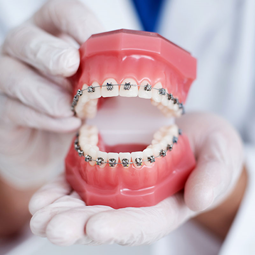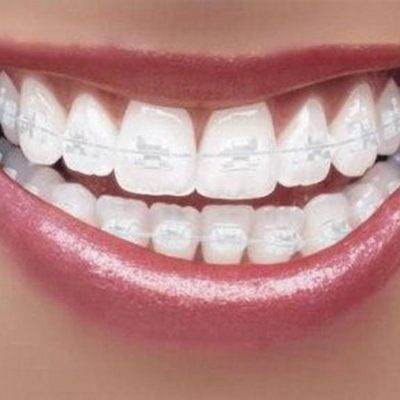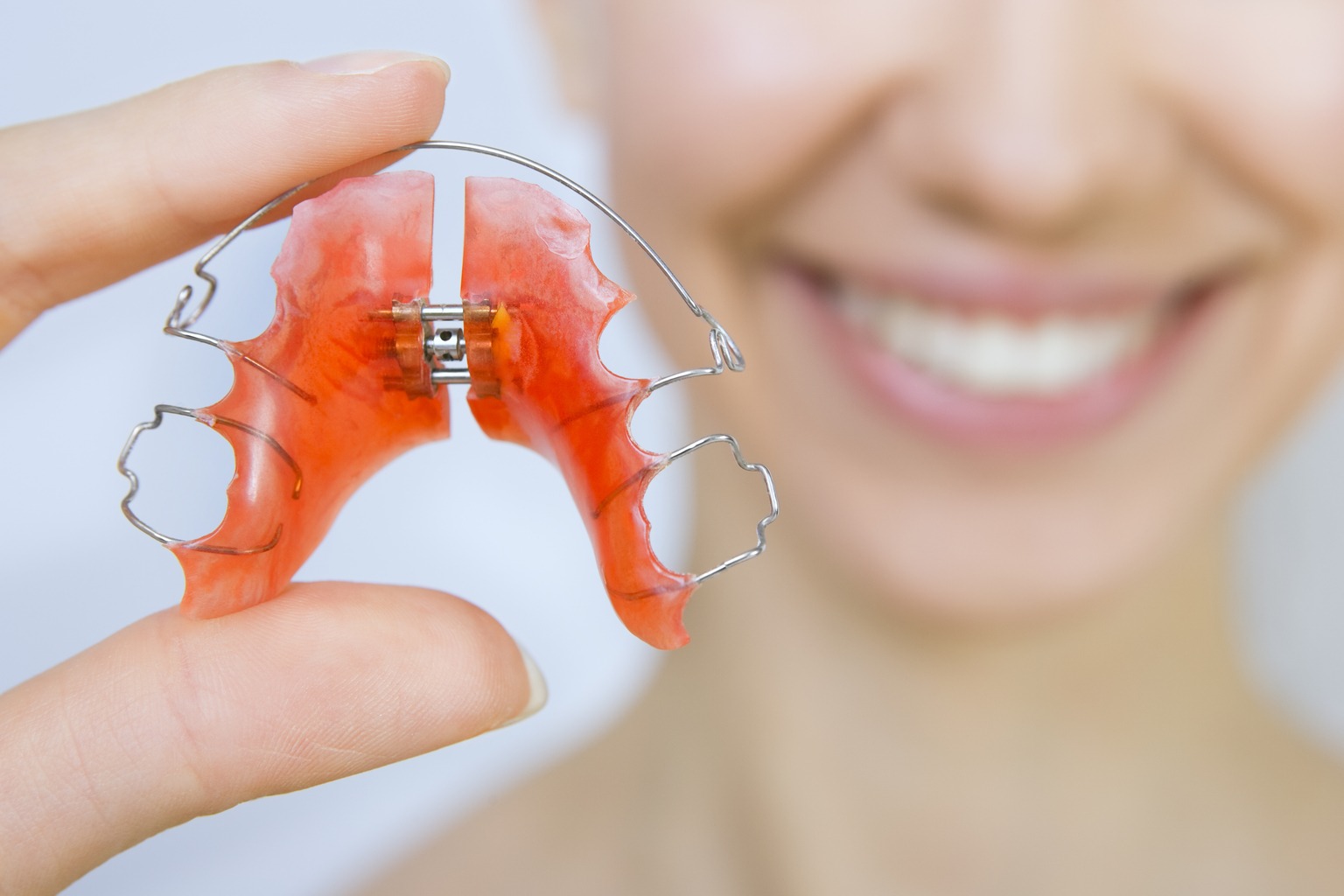



Choose your braces today

Ceramic
These braces provide our patients with a discreet alternative to conventional Stainless Steel Brackets. The ceramic brackets which are manufactured from patented sapphire material are crystal clear and look great throughout orthodontic treatment.

Metal braces
Metal or traditional braces are the most common type of braces world-wide and have been around for over 100 years. In the past, braces were very bulky and noticeable. Luckily, braces today are nothing like what they were 100 years ago. Advances in innovation and technology have made braces, smaller, faster more comfortable and effective.

Low-Friction Braces
This new approach to orthodontics utilizes passive self-ligating brackets with a unique sliding mechanism and high-technology wires that minimize friction and binding of conventional braces. This reduces discomfort throughout the treatment and shortens treatment time
About Our Practice
Our Clinic has grown to provide a world-class facility for the treatment of dental and facial irregularities. Provide high-quality orthodontic care based on evidence-supported techniques and sound principles. Provide a professional but welcoming and friendly environment. Provide a positive team of caregivers who are well-trained, passionate and driven. Through passion, excellence, attention to detail and research-driven treatment, Dr. Ostoya and her staff constantly
What our Clients Say

True professionals

Quick, easy & reliable

The best Orthodontist in town
- What is a “malocclusion”
- What causes a “malocclusion”
- What is orthodontics?
- If left untreated, do malocclusions lead to other problems?

When teeth are rotated, overlapped, blocked out or do not fit together properly,
this is referred to as a “malocclusion”.
This can be present at any age, although frequently is noticed when children lose their primary teeth and the permanent teeth are erupting

The formation of a malocclusion is multifactorial.
Jaws that are too small will not allow all the permanent teeth to be accommodated and will manifest with various irregularities.
Although the size of the jaws and the teeth is genetically predetermined, growth of the jaws and position of the teeth can be modified orthodontically. Habits, such as finger and thumb sucking or dummy sucking, alter pressures on the dentoskeletal structures, and may also lead to the formation of malocclusions. Furthermore, premature loss of teeth, both primary and permanent, will allow adjacent teeth to shift and encourage irregularities.

Orthodontics is a specialized area of dentistry that deals with the diagnosis,
prevention, interception and treatment of dental and facial irregularities (malocclusions).
Orthodontics should be carried out by an orthodontist – a dentist who has specialized in this field.

When teeth are out of position, it is harder to keep them clean and maintain the gums healthy,
predisposing the individual to the development of decay and gum disease, possibly leading to eventual tooth loss.
Likewise, teeth that do not fit well together put undue stress on the chewing muscles and may lead to the establishment of grinding habits (tooth wear), jaw and muscular pain and joint problems (Temporomandibular Disorders/TMD’s).
Treatments

ADULT TREATMENT
Many adults and teens hesitate when it comes to orthodontic treatment because they don’t want braces to affect their appearance. But with the latest developments in orthodontics, that is no longer a problem. We can fit lingual and clear braces, depending on your treatment needs. If you’re considering orthodontic treatment, we’ll examine your face, mouth and teeth. Moulds or scans may be taken of your teeth, along with any necessary x-rays. We’ll then talk with you about your treatment options and give you a provisional quote.

ADOLESCENT TREATMENT
By identifying conditions while a child’s teeth are still developing, the orthodontist can easily correct problems and, in certain cases, patients may not even require braces until later on. Early intervention is often far more effective for children.

KEEPING YOUR TEETH STRAIGHT
Wearing an orthodontic appliance is only part of your treatment experience. Once your braces have been removed, we will issue you with two retainers. These are specially designed to help ‘retain’ the improvements we have made to your teeth and will prevent them from moving while they settle into their new positions. There are two types of retainers: • Removable retainers look like a thin, clear plate and can be taken out. • Fixed retainers are a small thin wire which is fixed to the back of your teeth. As a general rule, we recommend teenagers wear their retainers every night until they finish growing and adults wear them at night for at least the first two years after treatment. You will be advised in more detail as to your specific needs during your retainer fit appointment. The only way to guarantee to retain the result achieved and to prevent your teeth from moving is to wear retainers on a part-time basis for life. Your co-operation in wearing the retainers as directed will be essential to keep your teeth straight.
Pre-Treatment & Post-Treatment



















